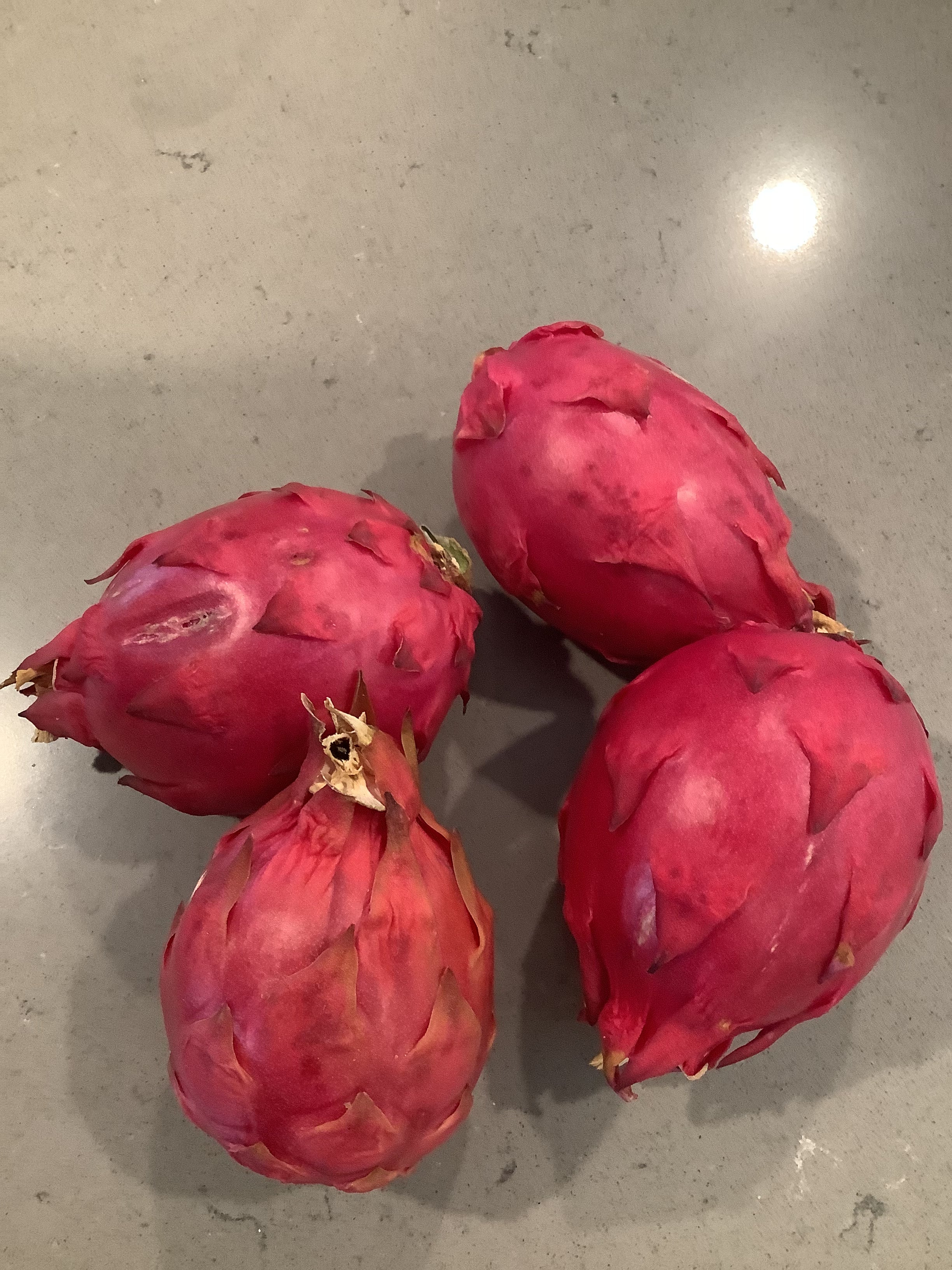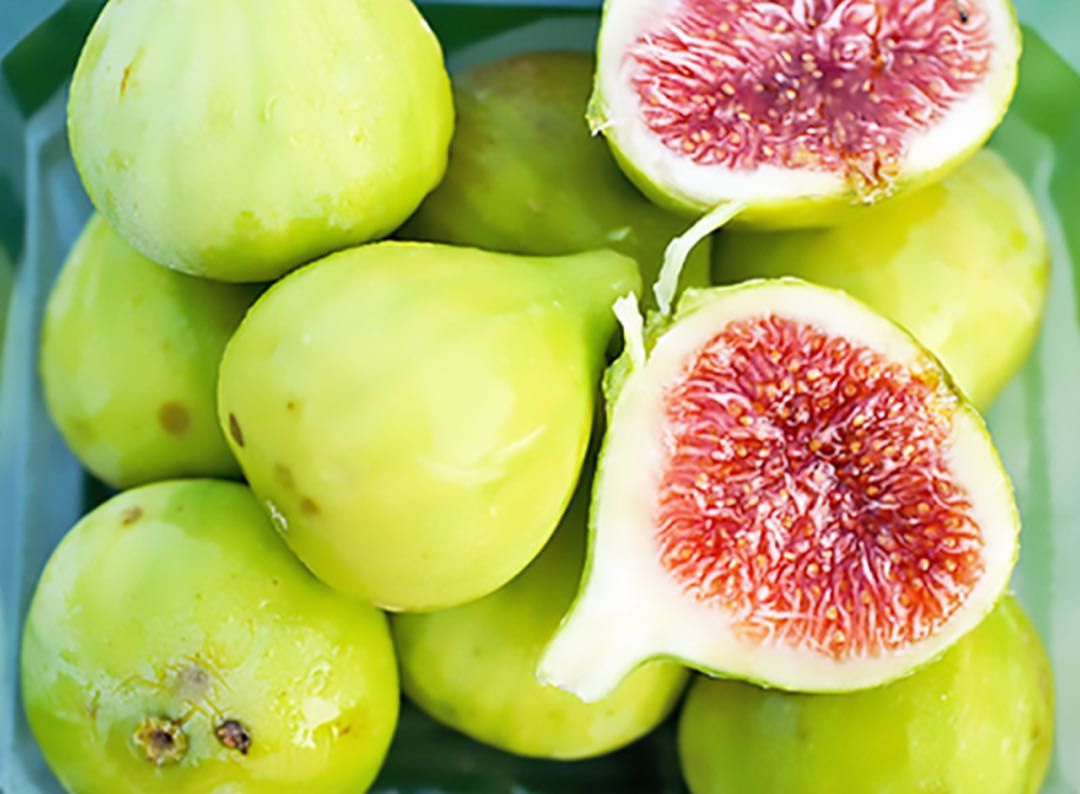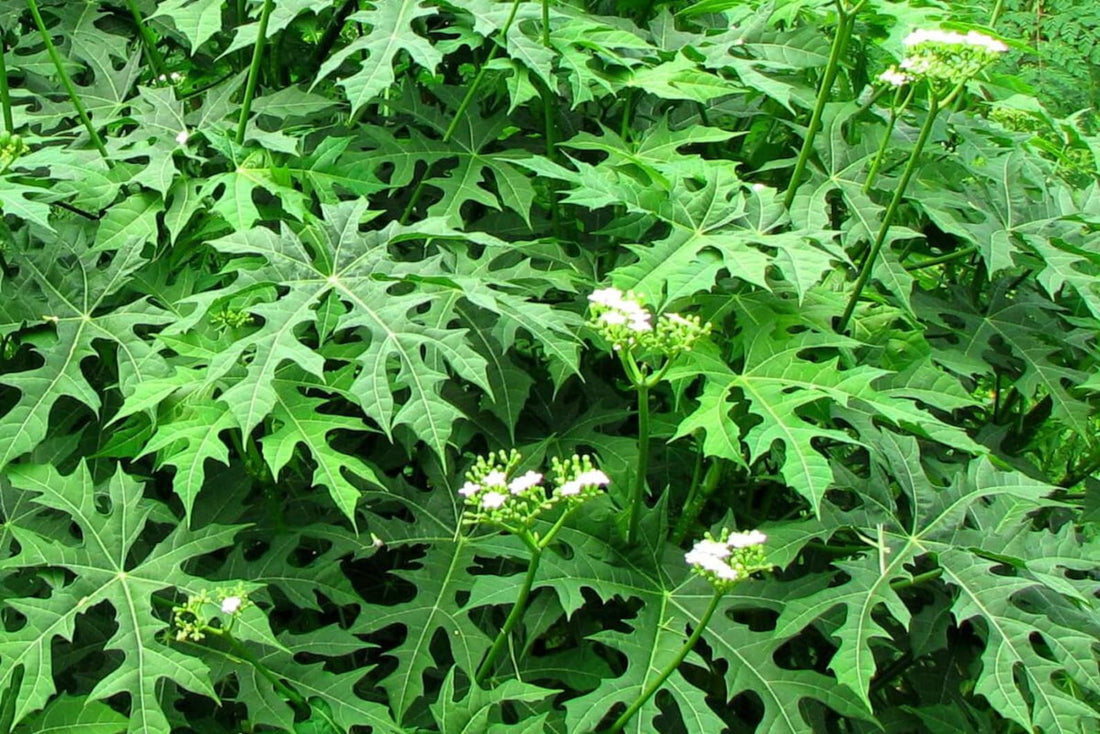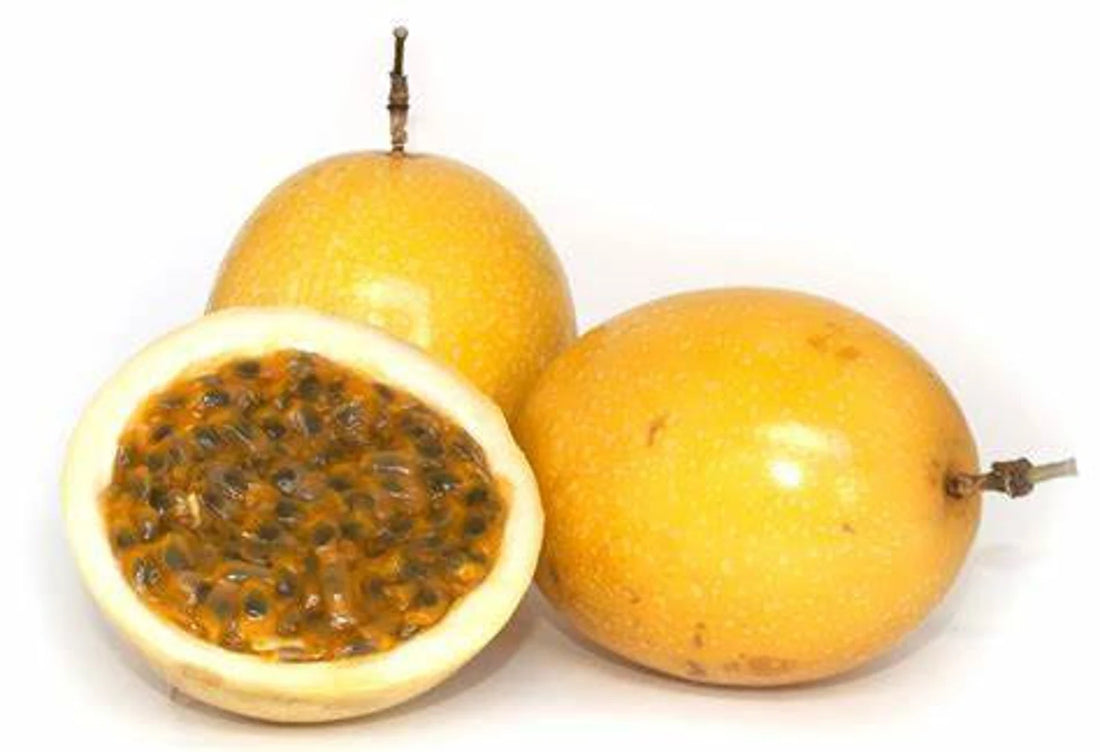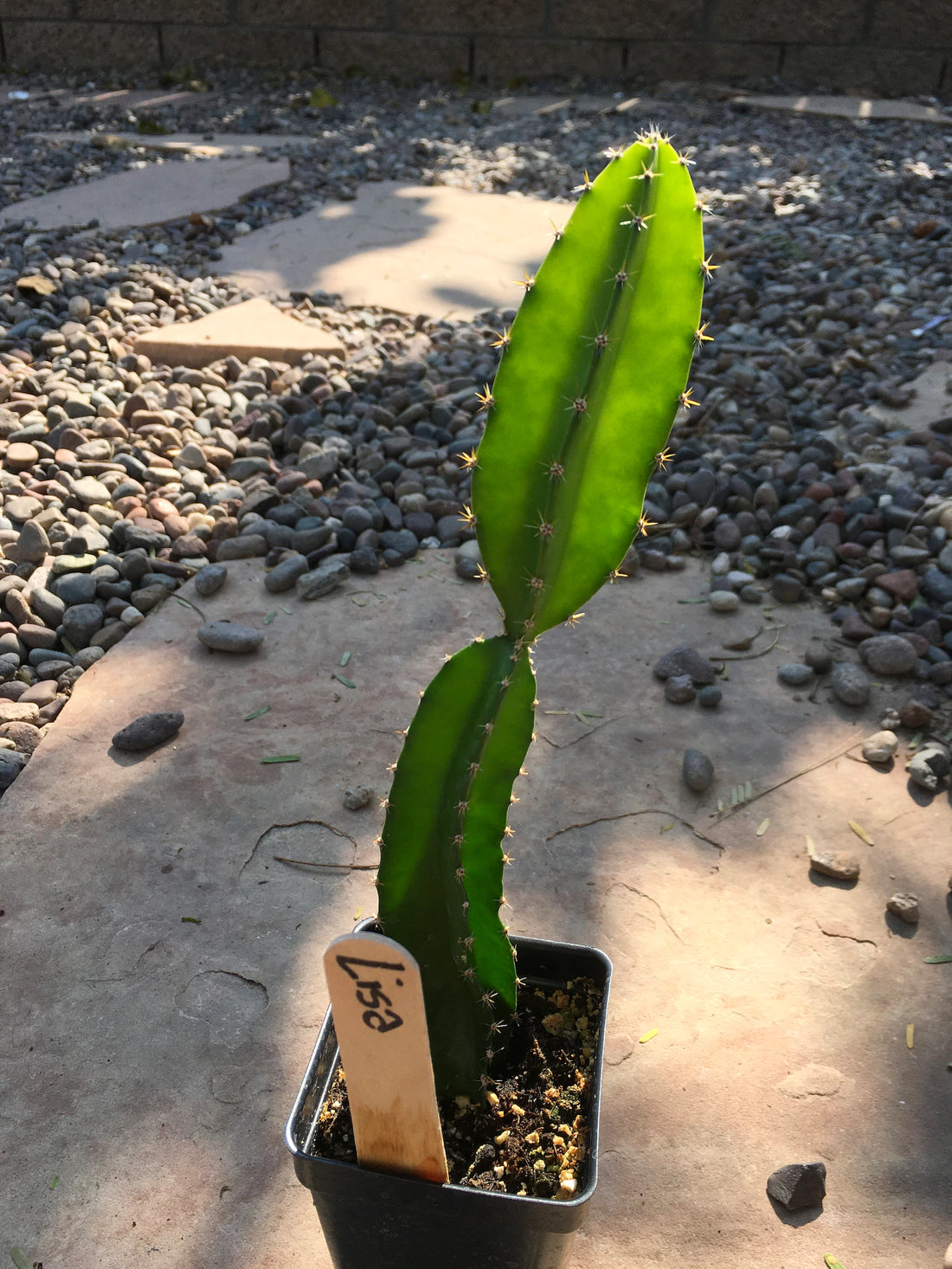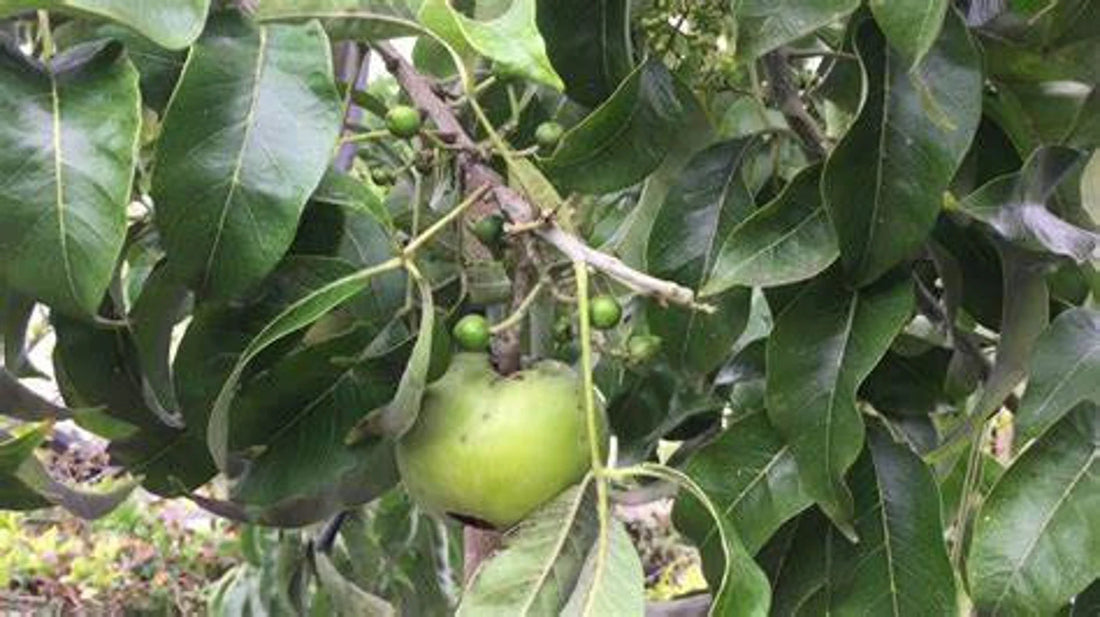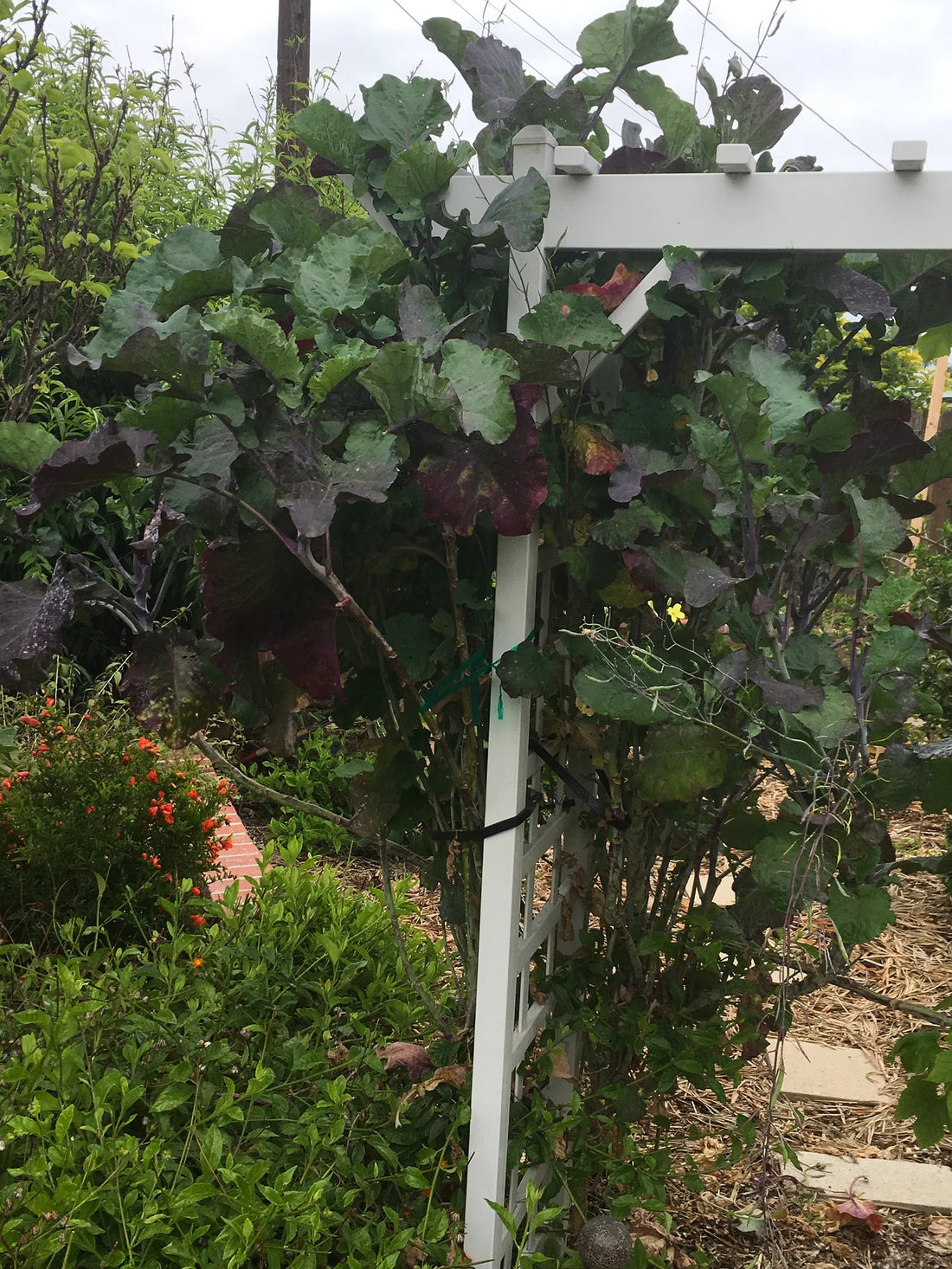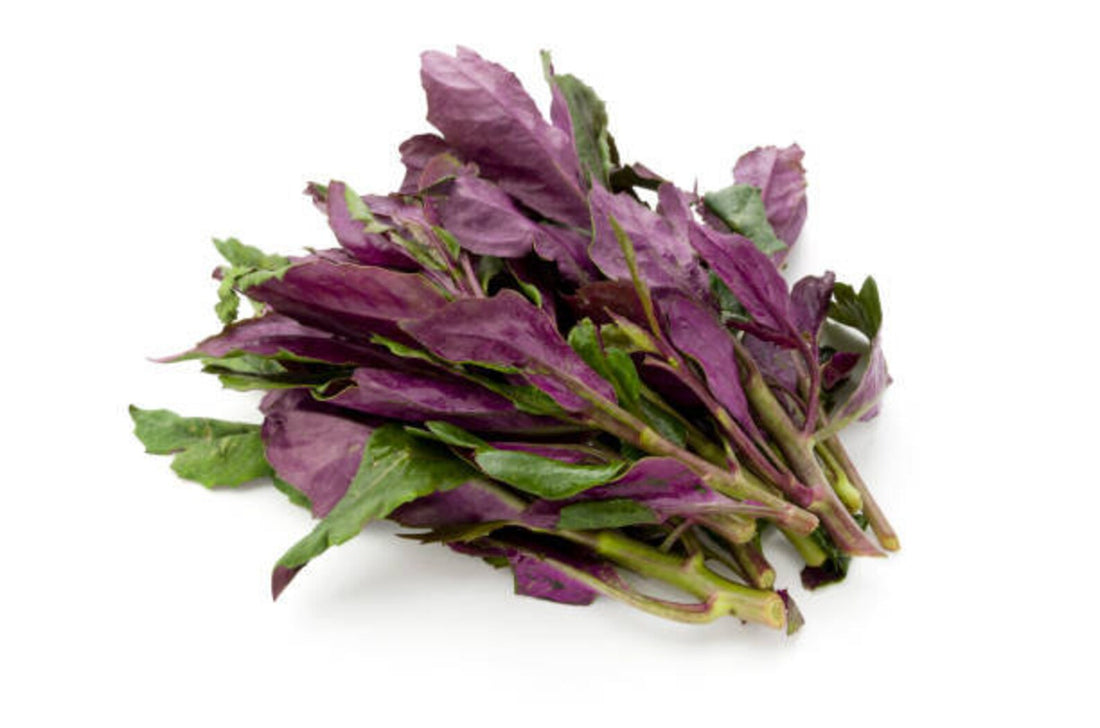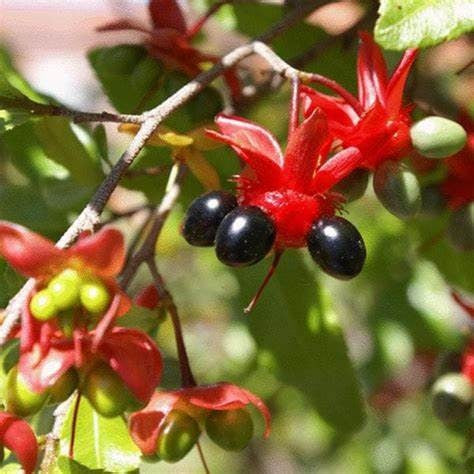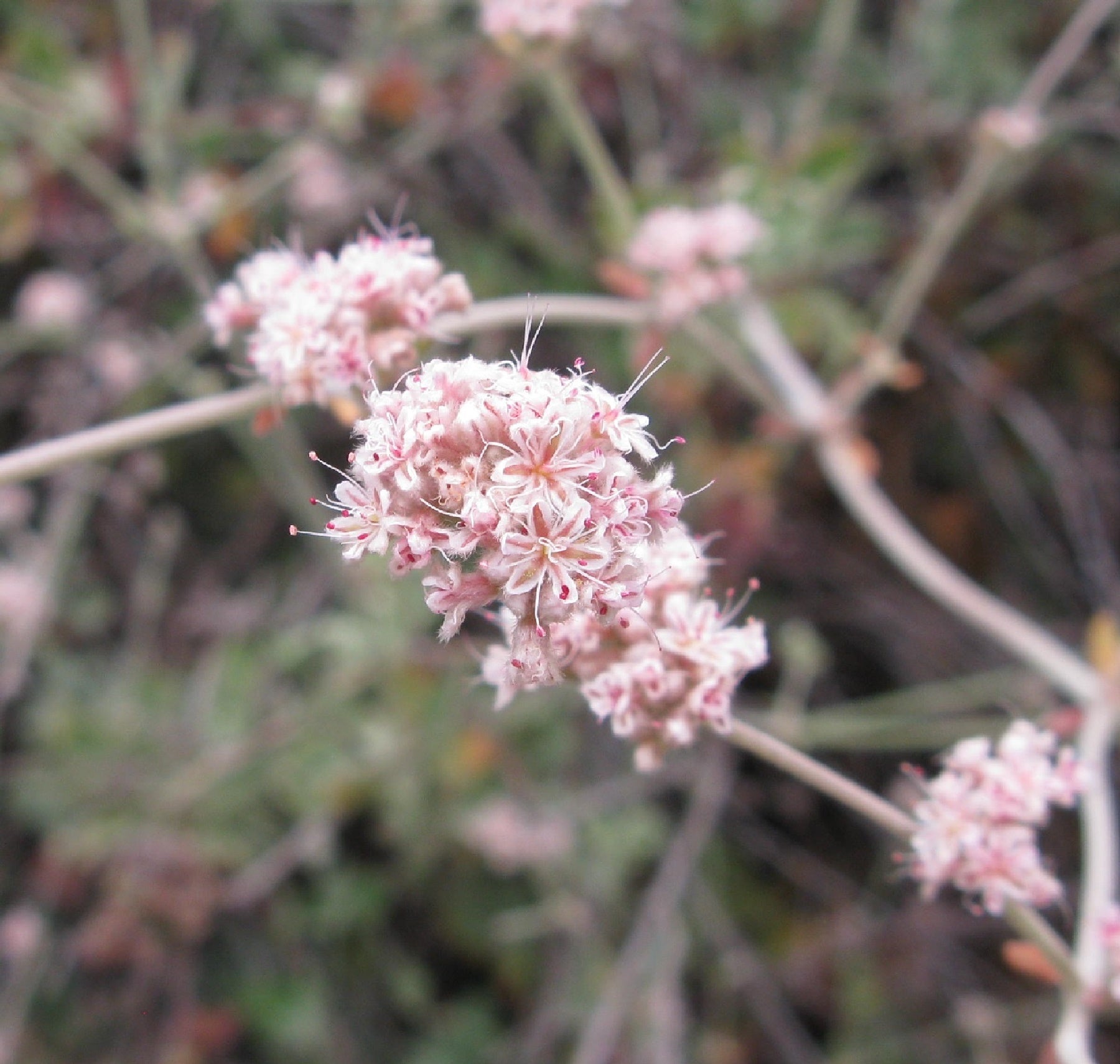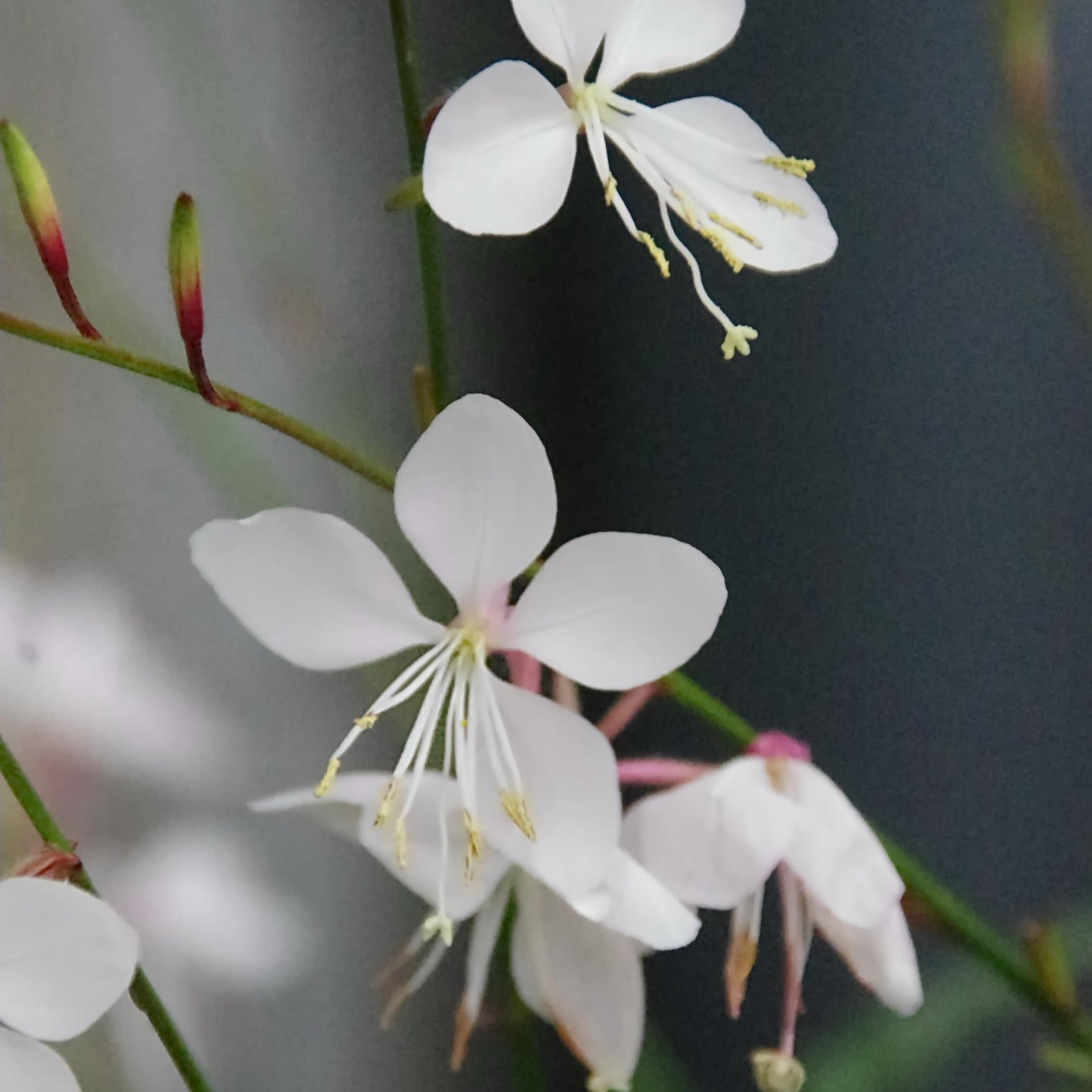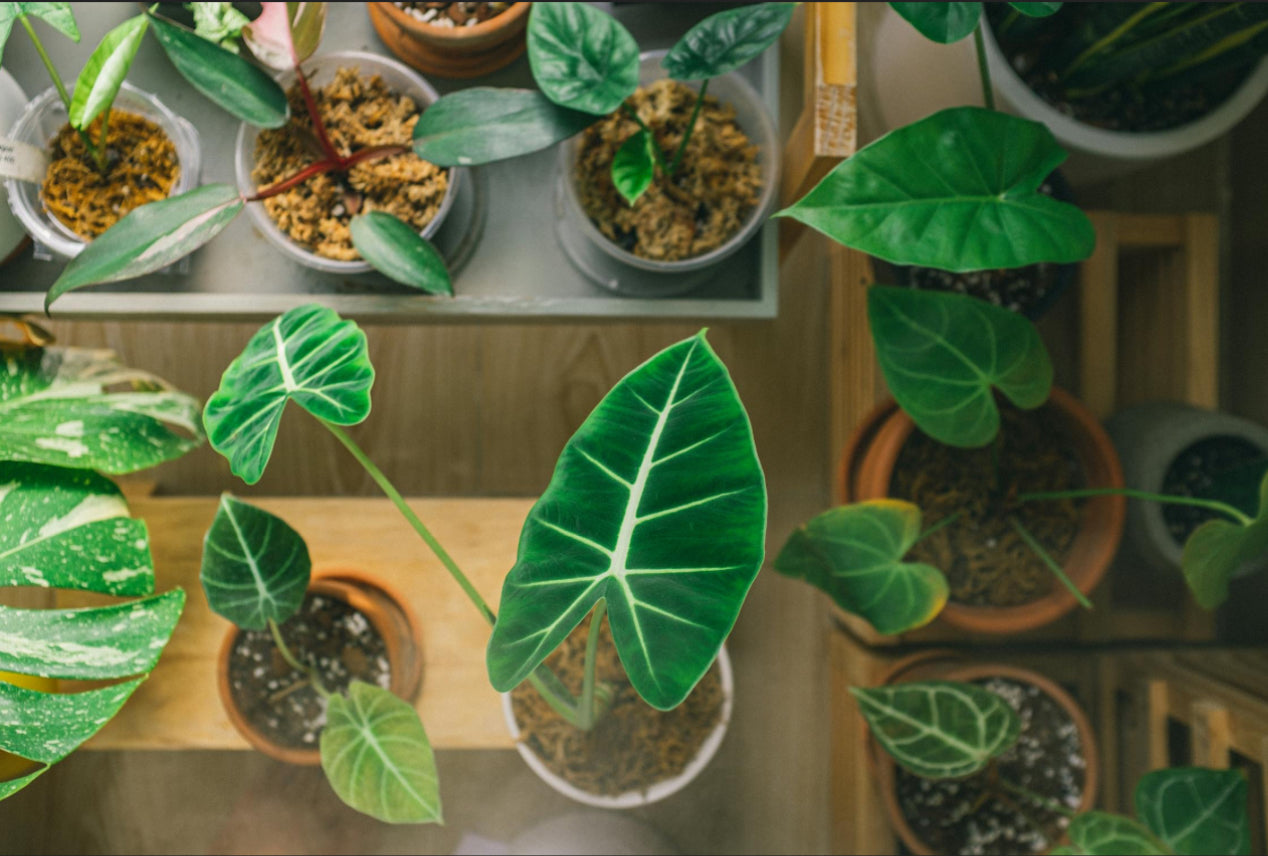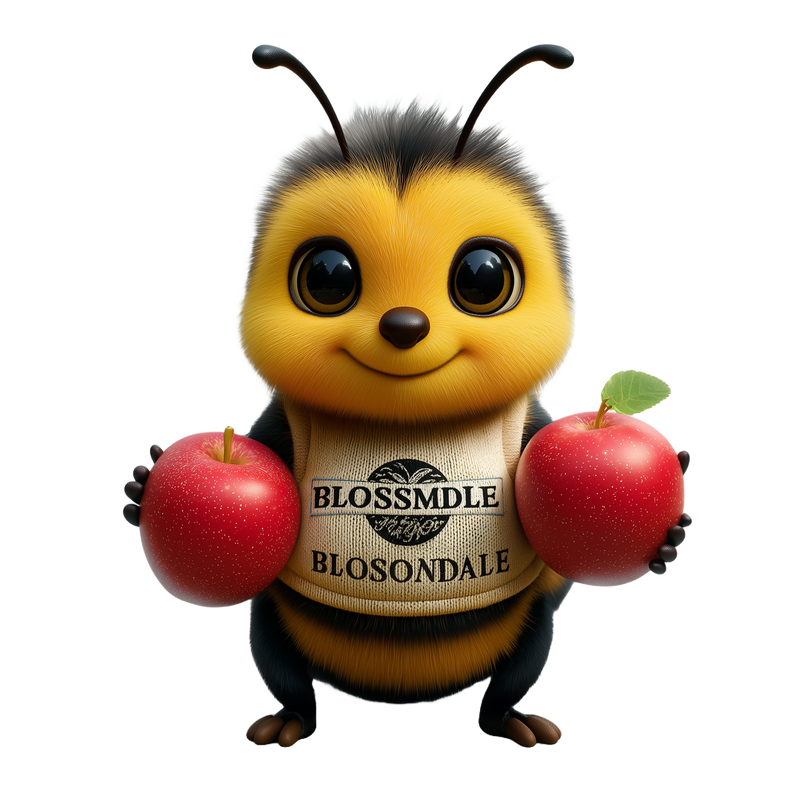Blogs
Strawberry Verte Fig Plant
Strawberry Verte Fig Plant Strawberry Verte fig plants are typically medium-sized trees, reaching a mature height of around 12-15 feet. They have a spreading habit and an open, airy canopy that allows for adequate sunlight penetration. The leaves of the tree are large and glossy, and possess a dark green pigment. In terms of the fruit, the figs produced by Strawberry Verte fig plants are of substantial size and take on a unique, elongated form. They are typically around 2-3 inches long and have a deep red or purplish-black hue. In opposition to several other fig types, the Strawberry Verte fig is predominantly known for its sweet, juicy flesh and high organic sugar content. Additionally, they are rich in vitamins and minerals, making them a nutritious inclusion to any diet. Strawberry Verte Fig Benefits One of the distinctive characteristics of Strawberry Verte fig plants is their ability to produce fruit twice a year. These trees are known as "breba" figs, meaning that they produce a small crop of figs on the previous year's wood in early summer before the main crop. As a result, additional figs develop on the current year's wood, hence, ripening in late summer or early fall. In this way, gardeners can enjoy a steady supply of fresh, sweet figs throughout the growing season. Those who reside in tricky climates will find great benefit in these fruit trees as well. Strawberry Verte fig plants are able to tolerate a wide range of temperatures and can survive in both hot and cold climates. They are also resistant to numerous common diseases and pests that often affect other types of fruit trees. Growing Tips In order to grow a healthy Strawberry Verte fig tree, it is important to plant it in well-drained soil that is lavish in organic matter. The tree should be placed in an area that receives full sun for at least six hours a day, with regular watering and fertilization. When it comes to pruning, it is best to wait until the tree has reached maturity. This will prevent potential damage to the tree and aid the plant in producing its maximum amount of fruit. In conclusion, Strawberry Verte fig plants remain a highly prized fruit tree, known for producing some of the sweetest figs in the world. They are hardy, easy to grow, and with proper maintenance, will produce an abundance of delectable fruit for many years to come.
Learn moreBenefits of Growing Chaya Spinach Plant
Chaya Spinach Plant The Chaya spinach plant, a part of the Euphorbiaceae family, is a large leafed vegetable possessing a plethora of health benefits. These edible perennial plants are able to grow and provide for years following planting, and are a vital addition to anyone’s food forest. These trees predominantly grow organically in Central America, but thrive in any home garden. These permaculture plants are large shrubs that are visually similar to that of a hibiscus or cassava plant. With a height of 6-8 feet, and 6-8 inch leaves, the chaya’s slim stems emanate a light latex and a fine layer of hairs. Chaya Leaf Benefits One of the primary health benefits of chaya spinach plants is their high nutrient content. The leaves of the plant are rich in vitamins and minerals, including vitamin C, calcium, and iron. In addition to its hearty taste, chaya spinach is plentiful in protein and low in fat and calories. In terms of growing abilities, the plant can tolerate poor soil, drought, and high temperatures. Hence, making it a fantastic choice for gardeners in regions with challenging growing conditions. Growing Chaya Plant If you are interested in growing a chaya spinach plant, there are a few things to keep in mind. First, the plant prefers full sun and well-drained soil. It may be grown in partial shade, but will not produce as many leaves. Likewise, when growing chaya spinach plants, it is important to be aware of their potential for invasive growth. It is recommended to plant them in a container or a contained area to prevent them from spreading too much. Ways to Incorporate the Chaya Spinach Into Meals Stir-fry: Chaya spinach can be stir-fried with garlic, ginger, and other vegetables for a flavorful and healthy side dish. Soups and stews: Chaya spinach can be added to soups and stews for a boost of nutrition and flavor. Salads: Chaya spinach can be used as a base for salads, or added to other greens for added texture and flavor. Omelets and frittatas: Chaya spinach can be added to omelets and frittatas for a healthy and delicious breakfast option. Pesto: Chaya spinach can be blended with herbs, nuts, and cheese to make a delicious pesto sauce to be served with pasta or as a spread. Juice or smoothie: Chaya spinach can be blended with fruits and vegetables to make a refreshing juice or smoothie. Tacos and burritos: Chaya spinach can be used as a filling for tacos and burritos. It is important to note that chaya spinach must be cooked before eating as it contains a toxic compound called hydrocyanic acid. Cooking the leaves for at least 5 minutes will neutralize the toxic compounds and make the leaves safe for consumption. Overall, chaya spinach plants are a fantastic choice for gardeners in search of a nutrient-rich, low-maintenance plant that can grow in a variety of conditions. With proper care and attention, you can enjoy the numerous benefits of chaya spinach from your own backyard.
Learn moreYellow Passion Fruit Yellow Granadilla (P. Laurifolia)
Yellow Passion Fruit Yellow Granadilla (P. Laurifolia)Passion fruit is a climbing vine that grows vigorously. It has tendrils that latch onto almost anything for support. It can easily take over a 20 foot fence during a single growing season. It’s considered a perennial, but generally only lives about 5 to 7 years. They typically flower and fruit within one to three years. The flowers of yellow passion fruit are fragrant and about two to three inches wide. They are frequently pollinated by carpenter bees. They have a slightly larger fruit then the purple variety. The taste of yellow passion fruit has been described as sweet to tart with hints of guava. The pulp is less acidic than purple and the juice content is about 35% higher.
Learn moreHow to Propagate Dragonfruit by Cuttings
How to Propagate Dragonfruit by Cuttings Start with a long segment of cactus that can easily be cut into 3-5 sections. Try to look for segments that are relatively new but not still growing. I just use scissors to cut the segments into sections that are 3-6 inches long. Apply a fungicide to the cut ends of each section and place them somewhere relatively dry. This helps deter infections and mold. Note that this step doesn't have to be done but helps with the odds of survival. This is an optional step and not always necessary. The next step is to "cure" the cuttings. This allows the cut parts of the cactus to dry out and seal the wound. This is most important in preventing disease and mold from killing the cuttings. I know from experience that cuttings can survive without being cured but it is still a good idea. Cure time should be anywhere from 1-5 days (just wait until the cut ends heal over and turn a little white). Place each cut section in a light soil mix. I suggest mixing some vermiculite and perlite with an average potting soil. Be weary of orientation, each section should be placed in the same direction it was on the plant (don't place them upside down). Each section needs to be planted about 1-2 inches into the soil. Water daily unless the soil is still moist, allow for it to dry out a little. The first thing you might see are roots growing out of the section, this is a good sign of success. These aerial roots will gather nutrients and water from the air, as well as anchor the plant to the soil. If the propagation was successful a new shoot will emerge. This usually takes between a week to a few months depending on the time of year. Use fertilizer sparingly until they are a year old. Also remember to shield these plants from freezing temperatures. Within a year the dragonfruit should have numerous shoots coming from the original cutting. These can be heavy and they often go astray so using a trellis or a stake is a good idea to keep the plant upright. In as early as two years you can expect beautiful flowers and delicious dragonfruits.In favorable conditions, a dragonfruit plant grown from a cutting will flower and bear fruit within a couple of years. These night blooming flowers can be elusive to spot during full bloom, but if successfully pollinated the flower will wilt and fall off leaving a developing fruit on the vine. The fruit will become ripe in about a month after pollination.
Learn moreSuebelle White Sapote Tree
Suebelle White Sapote Tree White Sapote trees are native to Central America and Mexico; however, Suebelle White Sapote has been grown in Southern California for more than 10 decades. Sapote trees can grow to over 30 feet tall and speed just as wide. They grow quite well in coastal valleys and other mildly warm areas. Suebelle White Sapote produced a round fruit. The taste is often described as a custard-like mix of peach and banana. In the correct environment, Suebelle can produce fruit almost year round. The tree typically starts bearing fruit within three to four years.
Learn moreKatuk Sweet Leaf (Sauropus androgynus): Complete Guide to Growing, Uses, and Benefits
Katuk, also known as sweet leaf or Sauropus androgynus, is a fast-growing perennial leafy vegetable native to Southeast Asia. Valued for its tender leaves, subtle sweetness, and high nutritional content, Katuk has earned a spot in tropical gardens and kitchens across the region. This guide explores how Katuk compares to other perennial greens, how to grow it at home, its health benefits, culinary uses, and safety considerations. 1. Katuk vs Other Perennial Leafy Greens Katuk stands out in the tropical leafy green family for its rapid growth, tender leaves, and subtle sweet flavor. Compared to Moringa (drumstick tree), Katuk grows best in shaded, humid environments rather than dry, sunny conditions. Moringa leaves, while highly nutritious, have a slightly fibrous texture, whereas Katuk’s leaves remain soft even on mature plants, making them ideal for salads and quick stir-fries. Chaya, another perennial green, shares Katuk’s resilience but comes with a catch: its raw leaves contain toxic compounds and must always be cooked. Katuk, on the other hand, can be safely eaten raw in moderation, which makes it more versatile for fresh culinary applications. Okinawa spinach (Gynura crepioides) offers a similar leafy texture and mild taste, but its slower growth and lower leaf yield make it less practical for home gardeners seeking continuous harvests. Positioning Katuk alongside these greens highlights its strengths: a fast-growing, nutrient-dense perennial suitable for both cooking and raw preparations, while providing gardeners and food enthusiasts clear guidance for selection based on climate, culinary use, and harvest goals. 2. How to Grow Katuk Sweet Leaf in Home Gardens Growing Katuk at home is surprisingly simple if its basic needs are met. The plant prefers rich, well-draining soil and a location with partial shade. Full sun can stress the leaves and reduce flavor, while deep shade may slow growth. Katuk responds well to pruning, which encourages bushier growth and more harvestable leaves. Propagation is most successful through cuttings, planted in moist soil. Regular watering, occasional fertilization, and monitoring for pests like aphids or caterpillars will keep your Katuk thriving year-round. With proper care, a single plant can provide a steady supply of leaves for months. 3. Nutritional Value & Medicinal Uses of Katuk With its rich nutritional profile, Katuk is often celebrated as a tropical superfood. One cup of fresh leaves provides high levels of protein, iron, calcium, and vitamins A, C, and E. These nutrients support immune function, eye health, and bone strength. The leaves are also a source of antioxidants, which combat free radicals and promote overall wellness. Beyond nutrition, Katuk has traditional medicinal uses. In Southeast Asia, it is used to support lactation, boost energy, and soothe mild digestive issues. Some herbalists also employ Katuk for its anti-inflammatory and blood-sugar-regulating properties. Appreciating Katuk’s health perks requires a measure of caution. While it can be safely incorporated into daily meals, excessive raw consumption has been associated with rare respiratory issues. Cooking the leaves not only enhances digestibility but also preserves most of the key nutrients, making stir-fries, soups, and sautés the safest and most beneficial ways to enjoy Katuk. 4. Katuk Recipes & Culinary Uses Across Asia Culinary traditions across Southeast Asia showcase Katuk’s versatility. In Indonesia, it’s often stir-fried with garlic and chilies for a fragrant side dish. Malaysian soups and broths feature Katuk leaves for added nutrition and texture, while in the Philippines, they are incorporated into fresh salads, omelets, or simply sautéed as a healthy accompaniment. Experimenting with Katuk in different recipes not only highlights its delicate flavor but also strengthens appreciation for its cultural significance across Asian cuisines. 5. Katuk Safety: Health Benefits vs Potential Risks Katuk’s nutritional profile is impressive, but history reminds us that moderation matters. In the early 1990s, Taiwan experienced cases of bronchiolitis linked to excessive raw consumption of Katuk leaves. The underlying cause is believed to be compounds in the raw leaves that can become harmful in large amounts. Fortunately, proper preparation dramatically reduces risk. Cooking Katuk neutralizes these compounds, making it safe for daily consumption. Experts also recommend rotating it with other leafy greens in the diet and avoiding large amounts of raw leaves, particularly for vulnerable groups such as infants or those with pre-existing respiratory conditions. By addressing both benefits and risks, home gardeners and culinary enthusiasts can enjoy Katuk with confidence. This balanced perspective strengthens credibility, ensuring readers see the plant not just as a “superfood,” but as a practical, culturally rich, and safely consumable ingredient. Conclusion Katuk Sweet Leaf is more than a nutritious perennial green—it’s a culinary and cultural treasure with practical gardening appeal. Understanding how it compares to other tropical greens, growing it properly, appreciating its health benefits, and respecting its safety guidelines creates a well-rounded foundation for enjoying this remarkable plant.
Learn morePurple Tree Collards
Purple Tree CollardsPurple tree collards are an edible perennial vegetable that are essential to any permaculture food forest. They are super low maintenance and very nutritious. The leaves are full of calcium as well as vitamins A, B1, B2, B9, and C. They are also an excellent source of soluble fiber. Purple tree collards can be strained to grow up a wall or other structure, or can be grown as lateral ground cover, if they have adequate space. During the growing season, the leaves can be harvested daily, and the plant can live up to 20 years. They typically get sweeter and turn from green to purple during fall and winter.
Learn moreOkinawa spinach (Gynura crepioides)
Okinawa spinach (Gynura crepioides)Okinawa spinach (Gynura crepioides)is a perennial lefty vegetable plant that grows rapidly in warm climates. It grows to about 2 feet in height, but can spread rapidly as a grown cover. It thrives in full sun and also grows well in partial shade. It will die back in freezing temperatures, but will grow back in the spring. The plant also time of year, and the orange blooms attract Monarch butterflies. Okinawa Spinach is related to Longevity spinach; however, the leaves of Okinawa have a purple underside. Both the leaves and young stems can be eaten raw or cooked and provide an excellent source of nutrition. Cooked leaves and stems make a great addition to stews or soups. During the growing season, prune and eat daily. Okinawa Spinach will regenerate quickly and can be harvested for years.
Learn moreMai Vang Vietnamese Ochna Serrulata Mickey Mouse Plant
Mai Vang Vietnamese Ochna Serrulata Mickey Plant Micky Mouse Ochna serrulata plant received its charming name, because the red and black flower colors resembles Mickey Mouse’s face. A section of the face looks like a bright red face, while the ears look like red flowers, and the eyes are black or green and are the fruit of the plant. Ochna serrulata is an evergreen shrub is native to South Africa. The beautiful flowers bloom in spring followed by attractive fruit. The black berry fruits hang down from red flowers. The flowers attract butterflies and bees, while the fruit is often devoured by birds. This shrub makes a unique addition to any butterfly garden or landscape.
Learn more





